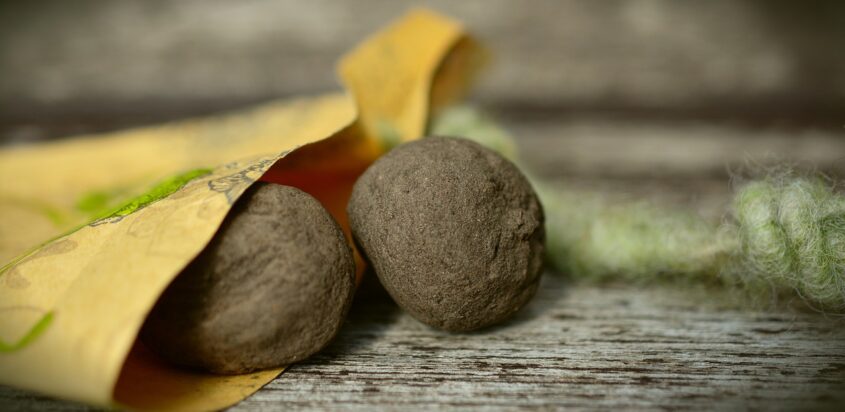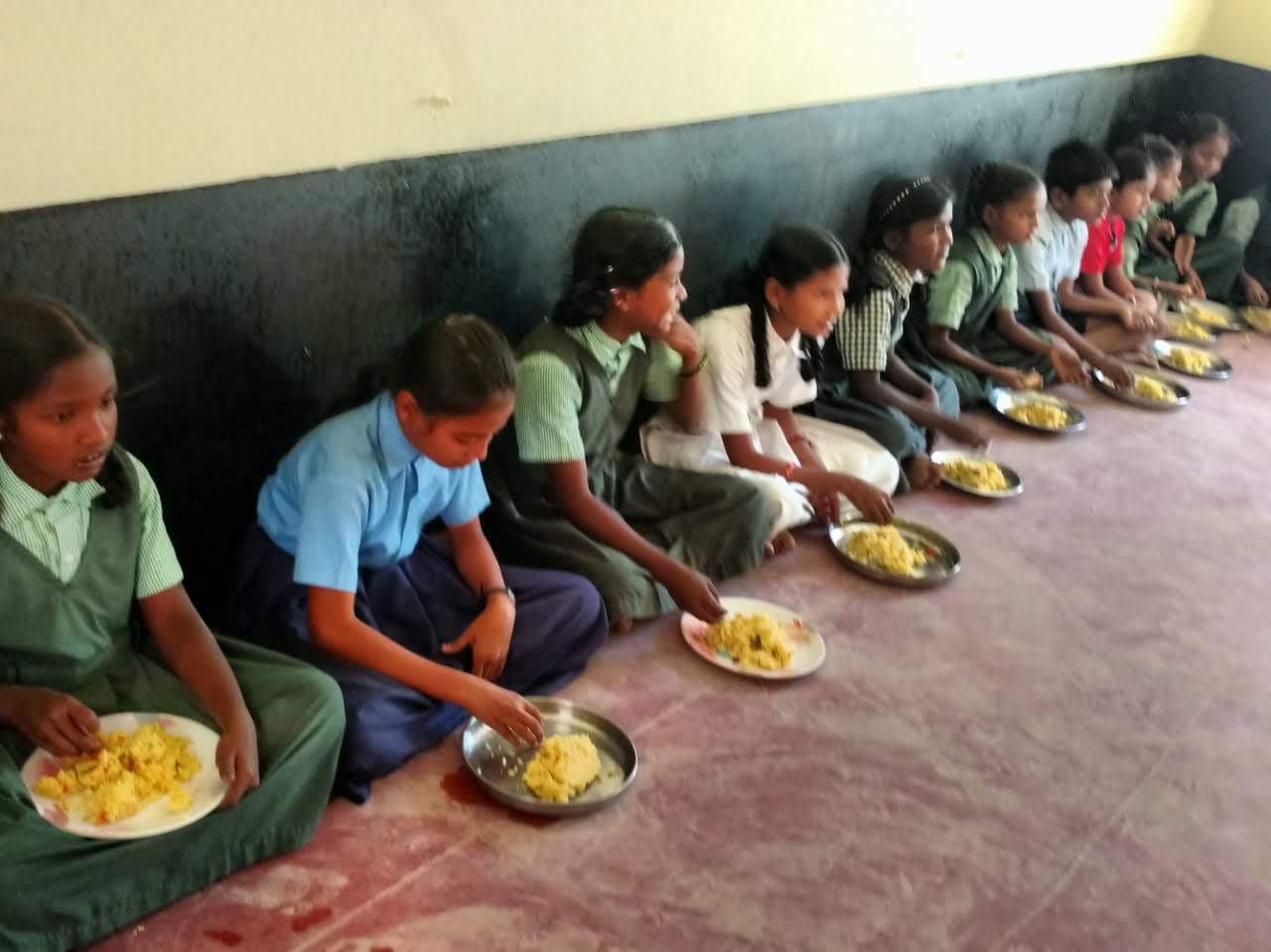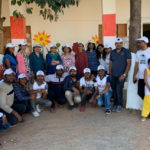
Introduction
Seeds balls are an ancient technique for proliferating plants from seeds without the cultivation process such as tilling, weeding, use of fertilizers and pesticides. It is also known as the natural farming technique, which does not use any cultivation tools to open the soil. Seed balls are also known as “Clay Dumplings” and are typically attributed to Japanese natural farmer and philosopher Masanobu Fukuoka.
Clay seed balls were originally an ancient practice in which seeds for the next season’s crops are mixed with compost and then rolled with clay to form into small balls. This method is now commonly used in guerrilla gardening to rapidly seed restricted or private areas, which helps in afforestation of the dry / barren land.
According to Fukuoka, tillage over large areas is laborious, destructive to soil health, and ultimately not needed and thus a waste of time and energy. Thus, seed ball campaigns have become an important aspect for conservation and afforestation projects around the world.
Seed ball making process & dispersal:
Seed balls are prepared by mixing one part of dry seeds with three parts of dry compost (soil microbes) and five parts of dry red or brown clay. Blend everything to mix well and add water just enough to allow the mixture to bind together. Take a pinch of the finished mixture and roll (in the palm of your hand) into small sized round balls.
The prepared seed balls are then dried in the sun completely for a day or two or can be used immediately after two hours of drying and stored using paper, cardboard or straw for four to six months.
Dispersal – Seed balls are then simply scattered direct onto ground, which saves the time and cost of other methods to cover large areas.
A minimum application seeks a scatter density of at least 10 seed balls per square meter, to establish trigger points from which the vegetation can spread.
Success ratio: It is possible that a growing plant / tree may not survive due to grazing animals or any other unforeseen reasons. A success rate of 20-30% can be taken as high in this case.
The benefits of Seedball are many.
Greening of the surroundings – Seedball helps the surrounding communities with large green cover. The benefits of the green cover to the nearby communities is in the form of pure air and brings more rains to the otherwise dry land. The local ecosystem is strengthened with the abundance of native Flora & Fauna, giving rise to a balanced ecosystem.
The Forest Department is always under pressure to increase the green cover and seed ball activity is the best and efficient way to increase afforestation measures on dry land.
Afforestation – Easy, efficient and cost effective means of increasing the forest cover. Forests are known to reduce the ambient temperature of the surrounding area, purifies the air, increases the feeling of well-being of the surrounding community and leads to a healing environment. It is also known to increase the biodiversity (flora & fauna) of the area.Reduce Carbon emissions – it is the need of the hour to curb emissions and seed ball activity requires no effort in growing the saplings and involves no tilling (no use of farm equipment) and reduces carbon emissions.
2 Comments
Comments are closed.








Lorem ipsum dolor sit amet consectetuer adipiscing elit. Aenean commodo ligula eget dolor. Aenean massa. Cum sociis natoque penatibus etmagnis disparturient montesnascetur ridiculus mus. Donec quam felis ultricies nec pellentesque
korem ipsum dolor sit amet consectetuer adipiscing elit. Aenean commodo ligula eget dolor. Aenean massa. Cum sociis natoque penatibus etmagnis disparturient montesnascetur ridiculus mus. Donec quam felis ultricies nec pellentesque